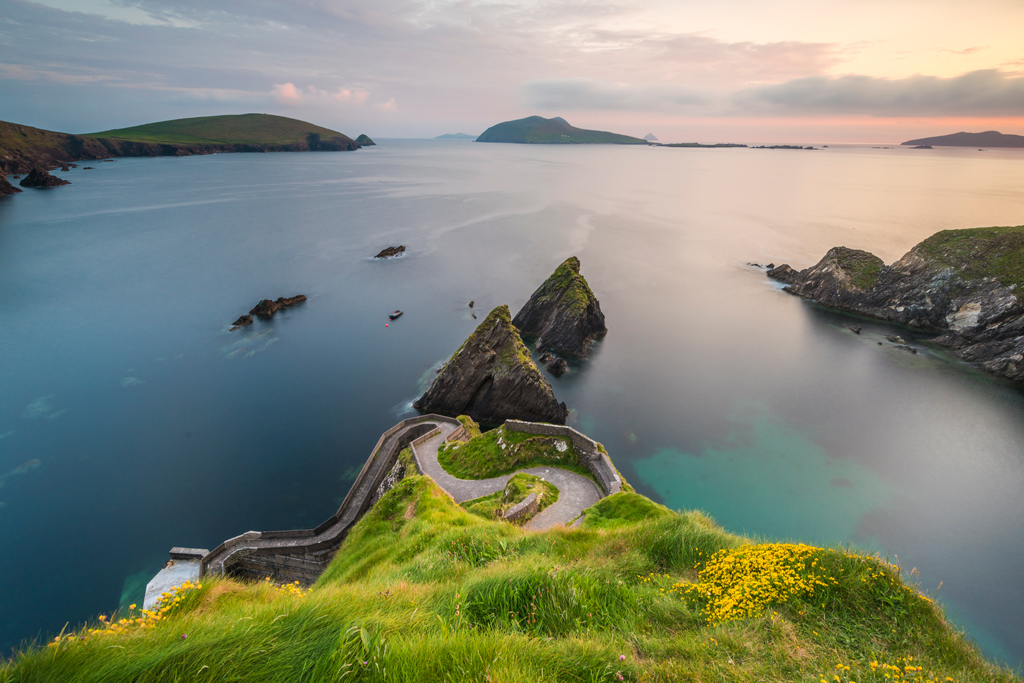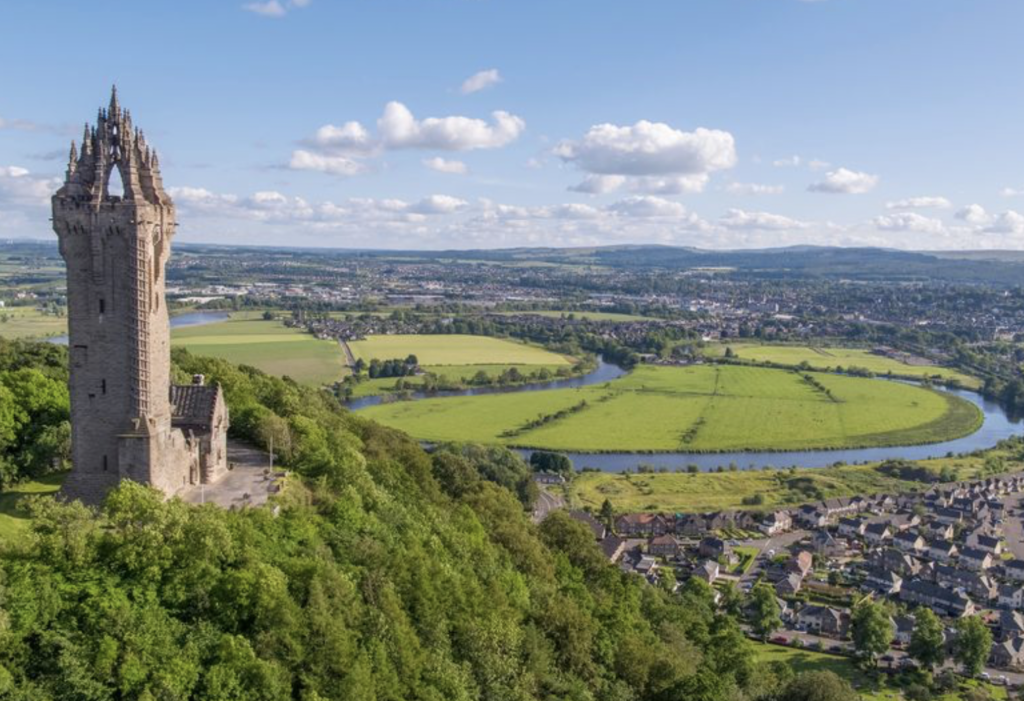
Is Regenerative Travel a New Era In Tourism?
Understand the industry’s newest buzz word with examples of how tourism can improve upon the places we love to visit
Follow Solimar International on Facebook and Twitter to stay up-to-date on the latest trends in travel and tourism
For nearly a year, the travel and tourism industry has been grappling with the fallout from Covid-19. With the pandemic raging, borders shut, and air travel at an all-time low, it seems impossible to envision a post-pandemic world where travel will resume once more. But envision we must—using this crisis as an opportunity for reflection and transformation. For decades the tourism industry has embraced economic determinism, growth and profit, and consumption as measures of its own success; this has often led to exploitation of natural resources and cultural heritage while ignoring alternative means of economic exchange. The fields of sustainable tourism, eco-tourism, and community-based tourism have been viewed as distinct disciplines within the tourism industry, reflecting that sustainability and conservation is an objective separate to that of travel and tourism. As an entire industry was forced to pause overnight, we as sustainable tourism practitioners have been grappling with the question: what was being sustained in the first place? For whom and by whom? Regenerative tourism may be the new way forward.
Here are few travel tales from the Solimar team that exemplify regenerative travel, and our vision for how it can transform our new world order.
Chris Seek
Ever since my first introduction to sustainable tourism, I committed my life’s purpose to ensuring tourism minimizes negative impacts and maximizes positive impacts. I am fortunate to have a job that lets me travel around the world and work with destinations that are embracing the concept of regenerative travel so it’s hard for me to pick just one example to share. When I think of destinations that are implementing successful tourism development strategies to transform their communities, the one that stands out is the town of Rocky Mount, NC where my wife grew up and her extended family still lives today. What is known to most as a highway stop on the way North or South on I-95, the community had very little to offer visitors beyond roadside chain hotels and fast-food restaurants. But then something changed. The local government decided that tourism development could stimulate their local economy and improve the lives of their residents. As they looked around the destination, they realized that the 82-acre abandoned Cotton Mill located on the banks of the beautiful Tar River could help regenerate the community’s spirit and preserve the history of the town while also breathing new life into this abandoned historical asset. Watch this short video below to see how the Rocky Mount Mills is regenerating travel and the community of Rocky Mount.
Chloe King
Dipping our faces beneath the waves, the extent of the crisis emerged before us: hundreds of meters of vibrant coral reef suffocating beneath a thick ghost net, discarded some time ago by a vessel fishing illegally off Indonesia’s coastline. A dozen of us bobbed along at the surface as several descended below on scuba gear, knives and scissors clutched in our hands. Heeding the call from a local fisherman the day before, we had gathered our crew: dive shop managers, an eclectic group of resident expats, and a team of local dive guides who used to spend their days fishing atop the reefs before guiding guests along them. We knew then that the task before us would take until sunset, just as the sun’s first glow emerged over the horizon; in reality it would take us four days, two dozen scuba tanks, and a handful of passionate divers and freedivers to extract nearly one ton worth of discarded fishing net from the fragile reef. We moved like cautious caretakers along the coral, painstakingly extracting parts of the reef that had been newly restored by some among our team, freeing creatures large and small from the thick web, assured that our actions would give this one patch of life a chance to thrive long after our bubbles had cleared the surface.
Daniela Mastronardi
When I think of regenerative travel my mind immediately goes to my first experience at an argiturismo, also known as a farm-stay, in Italy. Agriturismo is one of the growing trends in Italian tourism – emerging as a response to decades of slow economic growth in small towns – and has brought tourists into rural Italy to support local communities. They’ve popped up all over Italy, and the one I stayed in with some friends in the summer of 2019 is in Umbria. This farmhouse from the late 1800s was restored and maintained to the original architecture and run by a couple who purchased the farm in the early 2000s. Think of it as a bed-and-breakfast, except tourists are invited to work on the farm alongside locals who were hired to handle the agriturismo operations. The experience allowed us to rediscover nature through old and local traditions, like collecting olives for olive oil production. It was a truly unique experience. Not only were our meals at the farmhouse prepared with ingredients grown on the property, but we able to explore a small town that we would have otherwise overlooked, all while connecting with locals in numerous shops, restaurants, and vineyards. Our destination revitalized and kept the rich history of their property alive while also providing unique sustainable practices that supports the local community.
Stephanie Romero
I witnessed regenerative tourism on a trip to Scotland in the summer of 2018. While in the packed city of Edinburgh, almost every public trash bin had companion bins for recycling according to glass, aluminum and cardboard. Outside the capital during our visits to small towns in the Scottish Highlands, instead of visiting crowded restaurants, my friends and I were invited to try smaller locales like seafood shacks and hole-in-the-wall pubs. While many tourists visited Stirling Castle, I wandered away from the crowd for lunch at a small pub with locals. Another opportunity that also presented itself was a visit to the Wallace Monument. The entrance is at the base of a small hill, and while the site offers trams for tourists to get to the top many visitors opt for walking the trails up to the monument. Despite the mass tourism taking place, Scotland is taking steps toward responsible travel they can have visitors engage in on their trip.

Shelby Amato
One of the best, if most unassuming, features available to vacationers to Edisto Island is its weekly Bay Creek market. Gullah and Geechee crafts, particularly woven sweetgrass baskets, are the star of this event which includes a wide variety of crafts, food stalls, and local produce. Located just outside of the commercial strip of beachside restaurants and the marina, the market draws locals, tourists, and vendors together to relax and browse the shops. Free from third party vendors, artisans and farmers stand proudly among their products and share their features with customers. Each stand is truly local and represents a broad range of economic activity when taken all together. It is one of the many ways that the community on Edisto Island work to build their biodiversity and cultural heritage into the tourism industry, which remains the most important economic force on the largely undeveloped island. As a visitor to Edisto, there are many ways to contribute to the local economy and remain respectful of the delicate ecosystem. The island is also small enough to make biking a cheap and fun way to get around, while reducing your carbon footprint. Conscious tourism makes possible the preservation of Edisto’s beautiful beaches, ponds, marshes, and forests. In turn, visitors have consistent access to a huge variety of marine and land-based species.
Cailey Heffley
When I think of a sustainable destination that prioritizes the needs of locals and the environment, but welcomes tourists with gusto and heartfelt smiles, I think of Ireland, and specifically the west coast of Ireland. This wild, untamed, and breathtaking landscape is unlike anywhere else I’ve experienced and embraces the newly emerging concept of regenerative travel. While studying for my masters in tourism in Ireland I learned that, in an effort to combat overtourism, the National Tourism Development Authority developed a marketing strategy to re-package the west coast and drive visitors to lesser known areas. The resulting product was the Wild Atlantic Way, a 1,600 mile corridor along the Atlantic Coast that links destinations and attractions. The effective destination marketing scheme promotes existing infrastructure by spreading the economic benefits of tourism throughout the country and encouraging low-impact exploration by foot, bike, and kayak for an immersive cultural experience.
A must-see along the route, and for anyone visiting Ireland, is the Burren and Cliffs of Moher Geopark – an internationally recognized area of geological fascination. A highlight of the Geopark is the Burren EcoTourism Network, a collaboration of over 70 local businesses that has transformed the area into a leader for community-led sustainable tourism development. The enterprises in the network adhere to a Code of Practice for Sustainable Tourism which encourages people and organizations to work together to ensure a cared-for landscape, a better understood heritage, vibrant communities, strengthened livelihoods, and more sustainable environmental practices. Taking a holistic approach that ensures community, destination, and environmental well-being are not compromised in exchange for economic benefit is a staple of regenerative travel. Transport yourself to Ireland with this video to get a sense of the people and views along Wild Atlantic Way.
—

As the travel industry replants its regenerative roots, restrictions are being lifted little-by-little and the pent up travel demand is becoming palpable. Destinations that implement the responsible practices mentioned above – practices that uplift and enhance their culture, environment and economies – will be well positioned to welcome back visitors in a fashion that remains cognizant of their local residents and enhances their heritage and the land they call home.
Be sure to check out part 2 of our regenerative tourism travel tales.
Follow Solimar International on Facebook to continue learning about regenerative travel.
